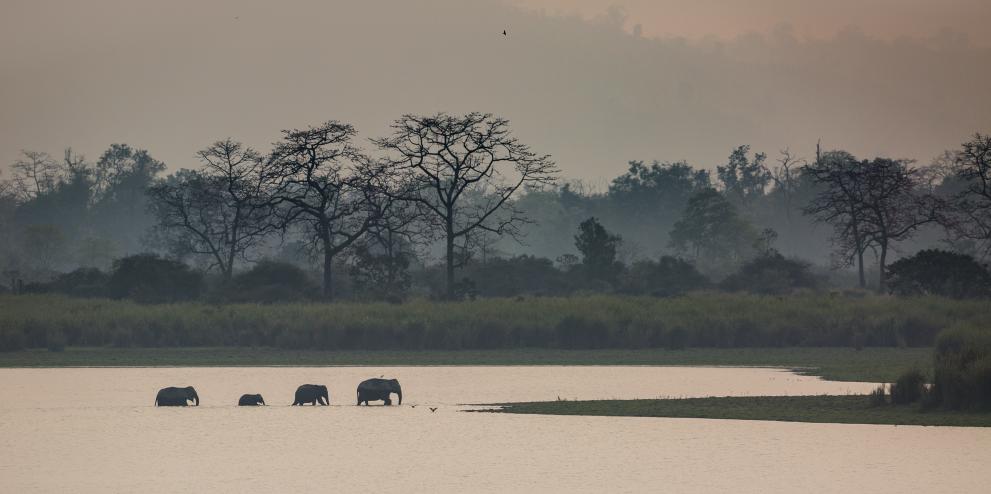
Only one-third of the world´s countries, and half of EU Member States, currently meet global targets when it comes to the connectivity of their designated natural protected areas (PAs).
While 14.7% of land around the world is covered by PAs, only 7.5% of the land of the world’s countries is covered by PAs that are connected.
This currently falls short of meeting the UN target for 2020 of having 17% of the land covered by well-connected PA systems. Considerable efforts are therefore needed to improve PA connectivity globally.
These results come from the first global assessment of the connectivity of terrestrial PA systems at country level, conducted by the JRC and published in Biological Conservation.
PAs, such as Natura 2000 sites or National Parks, are critical for the conservation of biodiversity and for supporting long-term human wellbeing. However, if PAs are isolated from each other, it is unlikely that they can meet these goals.
The study makes specific recommendations for national authorities worldwide - most of which need to make significant progress by designating new protected areas in strategic locations for connectivity.
Joining the dots: priorities for a well-connected PA system in the EU
When PAs are connected it has a direct and positive impact on wildlife. The endangered brown bears native to the Cantabrian Range in northern Spain are a good example.
By designating PAs in this region, national and regional authorities have supported the recovery in the number of brown bears, and promoted connectivity (gene flow) between two populations that were previously isolated.
The JRC's study finds that an effective and functional network of PAs could be accomplished more widely throughout the EU by following three priority strategies:
- First, and most importantly, conserving or restoring pathways for nature (corridors) is vital so that wildlife species can move and other ecological processes can flow through the unprotected lands that separate the PAs. This would require policy planning across a number of areas, from agriculture to transport.
- Second, coordinated planning of PA connectivity between EU countries is essential. A significant number of PAs are located on or near borders. And if they were to work alone, several EU countries would be too small to ensure connectivity on a scale big enough to match the needs of species movements and other ecological flows.
- Third, coordinated management for connectivity of adjacent PAs within countries is needed, to provide effective movement pathways that allow species to reach considerably more land through the concatenation of contiguous PAs than by moving within individual PAs only.

Most of the world’s countries need to reinforce their PA systems to reach connectivity targets, particularly by strategically designating new PAs in key locations where they can efficiently function as stepping stones or corridors between other PAs.
The situation and strategic needs in the EU significantly differ from those in other regions or continents. Although half of the EU countries do not yet meet the 17% connectivity target, the PA systems are better designed for connectivity and cover more land in the EU than in the global average.
Currently, when averaging the connectivity levels for all countries across the EU, 18.9% of the land is covered by PAs that are connected (compared to 25.7% of the EU land covered by PAs), which is above the 17% target for 2020. For this reason, less emphasis is necessary in many of the EU countries on designating new PAs for connectivity than on the other priority strategies highlighted above.
Background
The report makes use of the Protected Connected (ProtConn) indicator, which has been developed by JRC scientists to quantify the percentage of a country's land covered by protected and connected areas.
It also differentiates several categories of land through which movement between protected locations may occur, and assesses the part of the connectivity that is actually in the power of a country to influence, factoring out the isolation of terrestrial PAs due to the sea and to foreign lands (both beyond the control of the country).
The JRC's work in this area contributes to stimulating progress towards the global Aichi Target 11 for year 2020, as well as to related efforts in Europe such as the EU Biodiversity Strategy for 2020, the EU Green Infrastructure Strategy and the EU Action Plan for nature, people and the economy.
The results of the indicator are available on the JRC's Digital Observatory for Protected Areas (DOPA).
Details
- Publication date
- 17 January 2018
